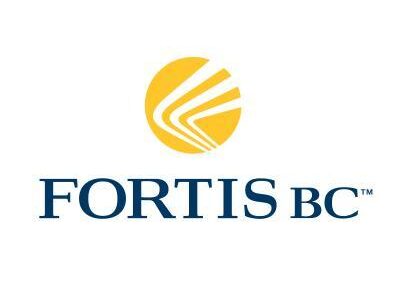Small businesses see growth in their future in Grand Forks
Business owners spoke up about challenges they face in a local market in results released yesterday of a Grand Forks business retention and expansion survey. The survey, initiated by Community Futures Boundary, was completed by local businesses over three months, and George Penfold, rural innovation chair for Selkirk College presented the results of the study to an audience of about 70 people. The survey asked business owners to comment on who they are, challenges for their business, vision for where their businesses are heading, and what the future might bring for the Grand Forks area. “Seventy-three businesses responded so it’s a pretty good sample,” said Penfold. “It’s pretty indicative of the kinds of situations that businesses are facing here. They were split between manufacturing sector and the services sector. That’s pretty representative of the region. One-third are new businesses and that’s pretty encouraging.” Penfold noted that a large proportion of the businesses surveyed are home-based – about 27 percent – and they have unique support issues that could be the focus of training at Community Futures Boundary. Fifteen percent of them are looking at expansion and need new facilities, and most of the challenges listed by the owners are not issues that can be addressed by local government. “Challenges: economic uncertainty – globally, nationally, and regionally. I think its pretty clear from a business standpoint we’re nowhere near where we were 2008 before October, the dust is still not settle on the recession and its still not clear exactly what settling will look like if and when we get to the point that we think we’re on the other side of it,” said Penfold. “Competition and leakage also came up.” The reliance of the businesses on the local markets was high with two-thirds serving local consumers, and very few relied on international or national markets. Succession planning was low on the list of needs for business owners, although Penfold said that over 20 percent of the owners are planning to retire within five years. Penfold went on to recommend that support for succession planning is critical, training, and developing regional partnerships to work together to help businesses. “Given that home-based businesses are both present here and potentially linked to the idea of moving people here from urban areas, is a very real opportunity,” explained Penfold. “The question is how can Community Futures or the chamber of commerce, or partnerships between organizations provide more support for home-based businesses.” Results also indicated that there is momentum within the community for business expansion, a result that surprised Penfold given the challenges of the economic downturn. However, the key challenge for those looking to expand is access to financing. But Penfold was clear that there will be a need to attract more people to move to the area and using regional marketing was considered important by the business owners. However just getting people to move here is not the same as getting employees, cautioned Penfold. “What we’re seeing in businesses is exactly paralleled in the labour force. We’re going to see 25 – 30 percent of the labour force that we’re going to need to replace and that’s a different challenge in terms of attracting employees to this region. Every employer in Canada’s going to be facing the same issue so simply having the job is not a guarantee of finding an employee.”
The survey results were unveiled at a community event in honour of the year of the entrepreneur. The gathering was held at the Omega Restaurant on Wednesday, Apr. 6 along with a presentation by entrepreneur Gus Whalen (see next Monday’s Sentinel for the Whalen story.) The full results of the survey will be available through Community Futures Boundary.























